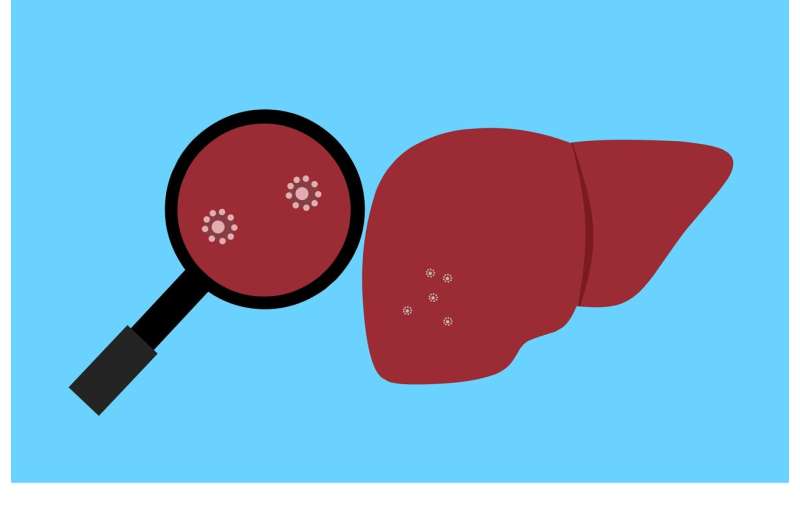Innovative Hand-Grasp Analysis Aids in Simplifying Autism Spectrum Disorder Diagnosis

Early and accurate diagnosis of autism spectrum disorder (ASD) remains a significant challenge in clinical practice. Recent research from York University proposes that examining how individuals grasp objects could serve as an accessible, scalable diagnostic tool for ASD. The study, published in the journal Autism Research, utilized machine learning to analyze naturalistic hand movements, specifically finger motions during grasping, in both autistic and non-autistic young adults.
The research involved participants using their thumbs and index fingers, fitted with tracking markers, to perform tasks such as grasping, lifting, and replacing objects of varying sizes. Despite having similar IQ levels and being matched for age, the autistic group exhibited subtle yet distinct differences in their grasping motions compared to non-autistic counterparts. The machine learning models achieved approximately 85% accuracy in classifying autism based on these motor patterns, highlighting the potential for such methods to serve as diagnostic indicators.
This approach emphasizes the importance of motor control analysis, which has often been overlooked in traditional autism evaluations focused on social and communication behaviors. Since motor abnormalities can be observed early in childhood, assessing these subtle movements could facilitate earlier diagnosis and intervention, which are crucial for improved outcomes. Experts involved in the study, including Professor Batsheva Hadad, suggest that early detection through motor pattern analysis could lower the age of diagnosis, offering timely support.
The study's lead author, Associate Professor Erez Freud, explains that machine learning provides a powerful new tool to analyze movement data, paving the way for the development of more reliable and accessible diagnostic methods. In addition to social and communication challenges, motor abnormalities are recognized features of neurodevelopmental disorders like ASD. Focusing on naturalistic grasping behaviors allows for more realistic assessment settings, which could be implemented in clinical or portable screening tools in the future.
Ultimately, this research underscores the promising role of motor control analysis in identifying autism sooner and more accurately, opening new avenues for early intervention strategies that can significantly enhance quality of life for autistic individuals.
Source: https://medicalxpress.com/news/2025-05-individuals-grasp-simpler-diagnosis-autism
Stay Updated with Mia's Feed
Get the latest health & wellness insights delivered straight to your inbox.
Related Articles
Innovative Drug Enhances Immune Attack on Liver Cancer by Targeting Fat Metabolism
A groundbreaking drug developed at McMaster University shows promise in fighting liver cancer by blocking fat metabolism and activating the immune system, particularly B cells, offering new hope for treatment-resistant cases.
Study Finds Cannabis Use May Significantly Increase Risk of Developing Type 2 Diabetes
A new large-scale study reveals that cannabis use may nearly quadruple the risk of developing type 2 diabetes. Learn about the potential health implications of increasing cannabis consumption worldwide.
Patient-Operated ECGs Show How AF Burden Predicts Long-Term Outcomes in Early Rhythm Control
New research shows patient-operated ECGs can help predict long-term cardiovascular outcomes by assessing AF burden, supporting personalized AF management.
Limitations of AI in Emergency Room Diagnoses Based on Symptom Presentation
Recent research shows that AI tools like ChatGPT can assist in emergency diagnoses for typical symptoms, but face limitations with atypical cases. Human oversight remains essential for complex diagnoses.



